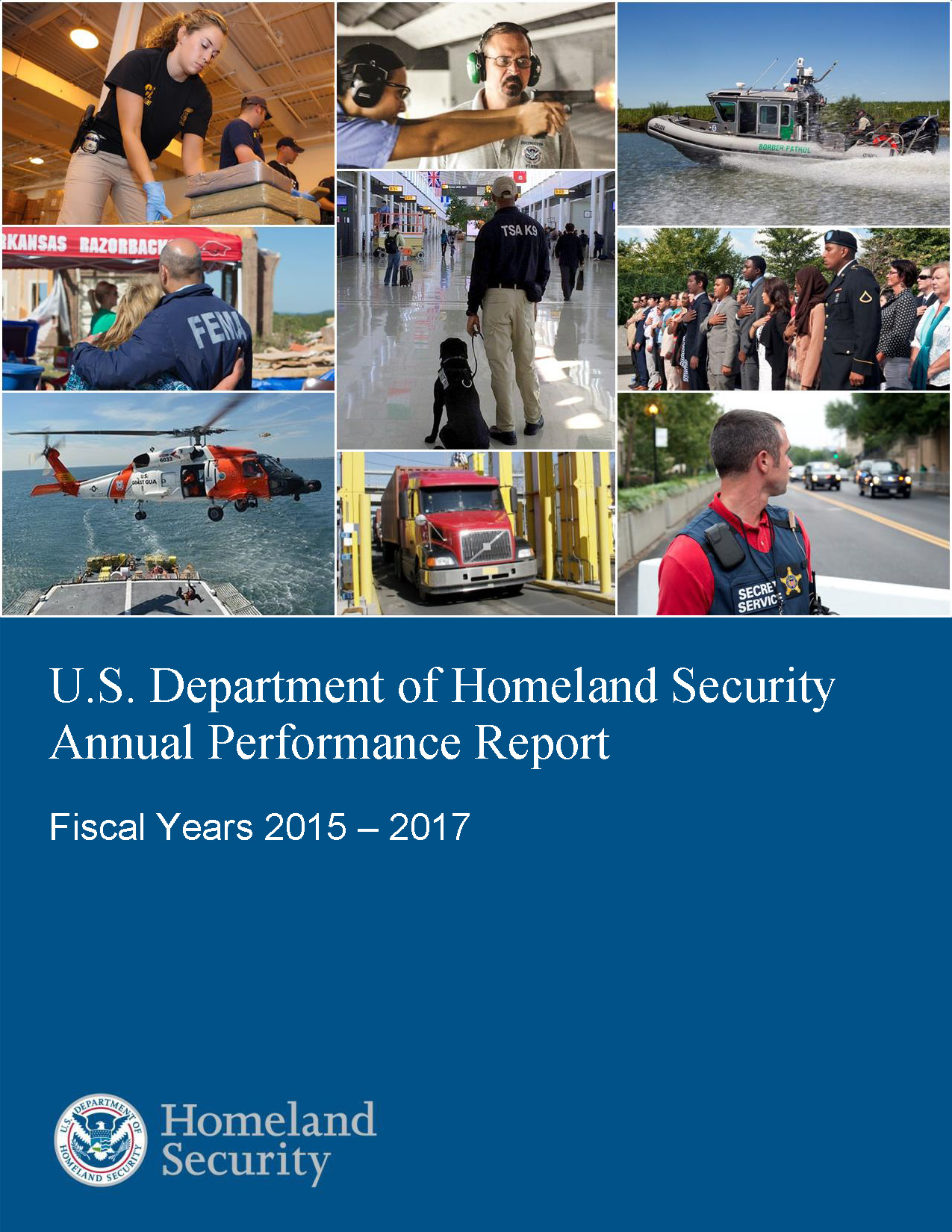- Home
- Agencies
- Department of Agriculture
- Department of Housing and Urban Development
- General Services Administration
- Department of Commerce
- Department of the Interior
- National Aeronautics and Space Administration
- Department of Defense
- Department of Justice
- National Science Foundation
- Department of Education
- Department of Labor
- Office of Personnel Management
- Department of Energy
- Department of State
- Small Business Administration
- Environmental Protection Agency
- Department of Transportation
- Social Security Administration
- Department of Health and Human Services
- Department of the Treasury
- U.S. Agency for International Development
- Department of Homeland Security
- Department of Veterans Affairs
- Goals
- Initiatives
- Programs
Primary tabs
Key to Changes
This text is Revised text
This word has been added to the text
This text is Last Published text
This word has been removed from the text
Modifed styling with no visual changes
Strategic Objective
Goal 5.3: Ensure Effective Emergency Response
Strategic Objective
Overview
DHS, primarily through the Federal Emergency Management Agency (FEMA) on land and the U.S. Coast Guard at sea, acts as the federal coordinator during disaster response, supporting state, local, tribal, territorial, and regional governments while working closely with nongovernmental organizations and the private sector to help leverage the resources they can bring to bear.
We will pursue the following strategies to ensure effective emergency response:
- Provide timely and accurate information to individuals and communities to support public safety and inform appropriate actions by the public before, during, and after emergencies.
- Conduct effective, unified incident response operations by following the National Response Framework, Second Edition; maximizing interagency coordination, information sharing, and preparation; and implementing initiatives to ensure a stable, flexible, and fully qualified disaster workforce.
- Provide timely and appropriate disaster assistance through "survivor-centric" programs that support, streamline, and simplify the delivery of services for individuals and communities. DHS will strengthen capabilities and operationalize resource-sharing opportunities to achieve the greatest potential to change outcomes on the ground in catastrophic disasters.
- Ensure effective emergency communications through the provision of technical communications capabilities enabling security, situational awareness, and operational decision making to manage emergencies under all circumstances.
Progress Update
The Department of Homeland Security (DHS) has determined that performance toward this goal is making satisfactory progress.
Introduction
Striving to protect the nation and its citizens against major accidents, disruptions, natural disasters and deliberate attacks, DHS acts as the federal coordinator during emergency response, supporting state, local, tribal, territorial and regional governments, while working with Non-Government Organizations and the private sector to leverage needed resources.
Major Achievements
DHS enhanced operational readiness and national preparedness by making significant strides in response communications and operational planning, drafting new or updating plans that include lessons learned from major incidents like Deepwater Horizon and Superstorm Sandy. DHS successfully executed a pilot program that tested the City of Baltimore’s response capabilities and focused on various aspects of response risk assessment methodologies and technology assessments validating Baltimore’s response capabilities—and DHS plans to expand this program to other cities in the future. USCG executed new Search and Rescue agreements with Cuba that improved responses in the Caribbean. Other notable innovations include the rollout of a more efficient and robust emergency response personnel management database that provides the ability for more comprehensive and effective incident workforce management for pre-event (availability), event (deployment), and post event (de-mobilization) cycles, and improved communications through a wireless alert system that supports our emergency communications strategy.
Major Challenges & Opportunities for Improvement
DHS aims to provide guidance and support to the response community to ensure continuity of operations during all hazards and incidents. Still, opportunities exist to improve strategic planning and management. Emergency communications are ever-evolving, and DHS must consider major changes in policy, legislation, budget, technology, and the establishment of the First Responder Network Authority, which is charged with ensuring the implementation of a Nationwide Public Safety Broadband Network.
Cyber security presents a significant challenge and DHS is focused on building collaborative capabilities to combat cyber threats and respond to consequences of cyber events by developing the Annexes to the Federal Interagency Operations Plan.









